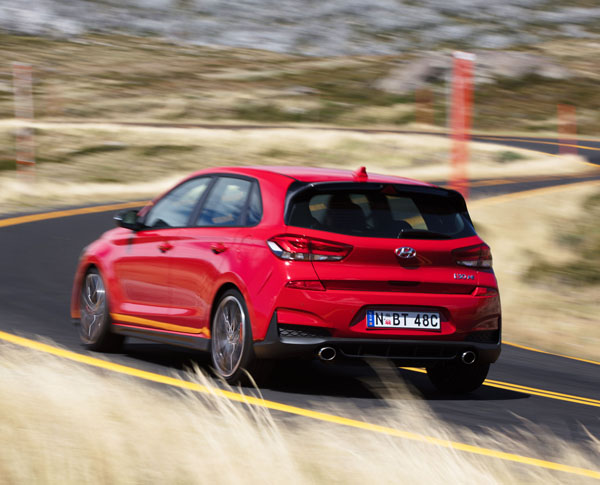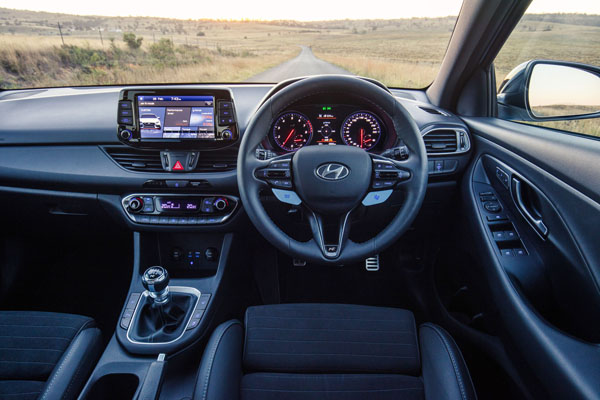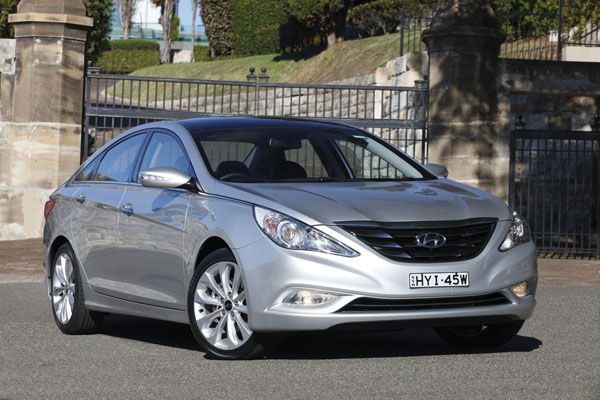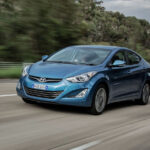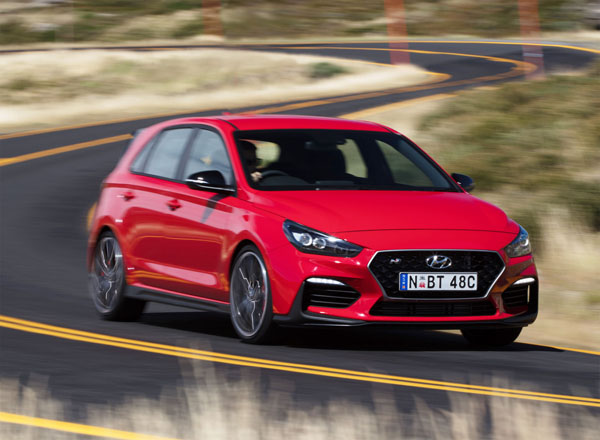 In our recent introductory article on the all-new Hyundai i30 N we discussed it in detail, but were asked to respect an embargo on drive impressions until March 29.
In our recent introductory article on the all-new Hyundai i30 N we discussed it in detail, but were asked to respect an embargo on drive impressions until March 29.
We carried out extensive road and track tests from Albury, through , Eskdale, Anglers Rest and returned to Albury via the Omeo Highway and Great Alpine Road.
The following day we spent at Winton Raceway for no holds barred driving for the part of five hours.
Great days, though some of us were green around the gills after about the first thousand bends in the never ending twisting roads.
But first some details on how the hot Hyundai can be electronically programmed:
You can choose between five driving modes – Eco, Normal, Sport, N and N Custom. The different modes change the car’s character by adjusting the dampers, Electronic Stability Control, Electronic Limited Slip Differential, engine sound, engine response, steering and Rev Match parameters.
The i30s N’s steering wheel is used to select all performance functions. On the left side of the wheel a blue switch to select three drive modes: Normal, Sport and Eco. On the right side, the blue chequered flag N button for N-mode or N Custom.
Rev Matching automatically adjusts engine speed and ‘blips’ the throttle during downshifts. Different drive modes alter the aggression of the downshift ‘blips’ and this function can be altered independently in N Custom mode. The ‘Rev’ button on the right side of the steering lets you switch off Rev Matching.
My first thoughts were, “I’ve been heel-toe rev matching for years so don’t need the car to do it for me”. During track work at Winton I reluctantly decided that the car was perfect at matching so decided to let it do it for me so I could concentrate on other things.
The Electronically Controlled Suspension can be adjusted by the driver to suit driving conditions, or handling preferences. Normal, Sport and N. The two harder settings give a racier, more aggressive feel, with N mode especially suited to fast, smooth race tracks.
A sporty engine sound is produced by the Electronic Sound Generator, which is mounted in the bodywork at the base of the windscreen to add an extra acoustic element. Hyundai stresses that no sound enhancement is emitted by the audio speakers.
In N Custom mode, drivers can select from Eco, Normal, Sport and Sport+ settings for each high-performance element to set the car up for driver preferences and road conditions.
Autonomous Emergency Braking (AEB): Operates in three stages using camera sensors. The first stage is a visual and audible driver warning. The second stage controls braking in accordance with the collision danger and the third stage applies maximum braking force to avoid a collision or minimise damage if a collision is unavoidable. (Note: pedestrian recognition is not currently available for i30 N).
DRIVING
Public Roads:
The hot Hyundai has so much grip that you probably shouldn’t attempt to take it to its limits unless you know the road intimately and can be sure there’s little or no traffic on it.
Steering feel is very good and the car really does ‘talk’ to you through the wheel and the seat of your pants. The seats provide good support for someone of my frame, which is about average. Try for yourself during your private pre-purchase test drive, though, as some weren’t over keen on it.
Comfort is generally good, but can be rather firm at times, and on occasions the suspension bottomed out when it struck harsh conditions. All of which is acceptable in a car in this class, but if you want a quiet cruiser it man not suit.
Noise levels were a little higher than average and quite a racket was created on some reasonably new course-chip stretches.
Winton Raceway:
The amount of freedom we were given on the track by Hyundai was unheard of. Normally, nervous PR people (and their legal departments) ensure there are large distances between cars and that we only do three or four hot laps before being told to do a cool-down lap and come in so the car can be checked over.
Not this time, we could stay out for as long as we liked, race and overtake if we felt that way inclined, and generally have an enjoyable time.
Surprise, surprise. Treating us as sensible adults with plenty of driving experience meant there were no real incidents, though the grass was redistributed at times just off some of the corners…
The Hyundai’s handled very well, though understeer was stronger than we like on semi-race machines, necessitating slower entries to corners than you might expect. Once in the bend adding power could be done reasonably early and maximum turbo boost arrived pleasing early once we were on the straight again.
There’s plenty of grunt from the engine, though it’s inevitable that you soon hanker for more. It certainly sounds the part with its snap-crackle-pops and really does give the impression it loves being hounded along on a racetrack.
WARRANTY COVER
Hyundai is making the point that the i30 N is a genuine hot hatch not a toy and expects it to be used as such. So, full warranty still applies during track days – though not in competition. The definition of competition is yet to be fully thrashed out, but you certainly can not race against others.
Whether lap dashes against with stopwatch timing is ‘competition’ or not is still to be decided. Check with your Hyundai dealer or contact the company’s head office for final clarification.




